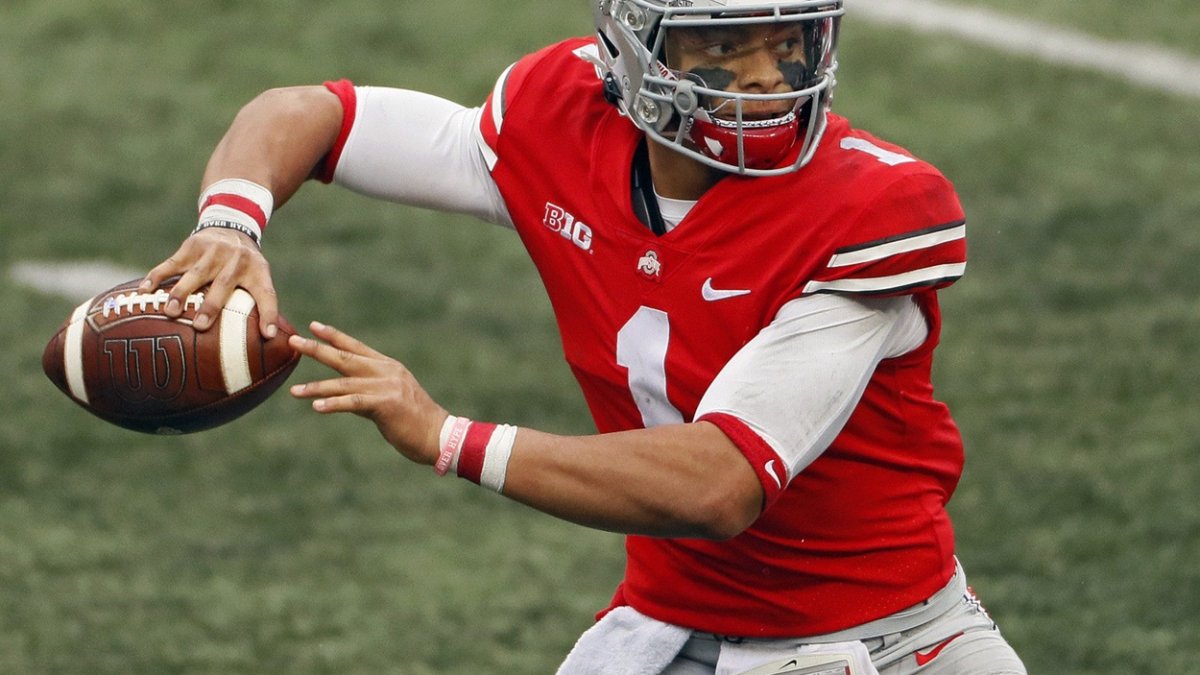In any given NFL draft, it's never too long before analysts and experts swoop in with terms such as “steal” and “reach,” two of the most liberally used words of draft season. Whenever a player is selected earlier than his big board ranking would imply, he is labeled a reach. Whenever a player stays on the board for longer than expected, he is crowned as a steal when he finally hears his name called.
These so-called steals and reaches often dominate the conversation about the draft, and they often heavily influence draft grades. The question, of course, is how much stock should we put into these two words?
D.K. Metcalf was widely labeled a steal in the 2019 draft. The Seattle Seahawks wide receiver has proved the pundits right ever since, notably averaging more than 2.00 yards per route run last season.
However, things don’t always work out like this. Randy Gregory was also considered to be a draft steal, but he went on to generate negative WAR for the Dallas Cowboys during his six seasons with the team. Another recent example of a steal who never materialized was wide receiver Jaelen Strong, who fell to the third round of the 2015 draft and is already out of the league with only 330 career receiving yards next to his name.
On the other side, Darius Leonard is the prime example of a draft reach who worked out pretty well in the NFL, while Justin Gilbert was considered to be a reach when he was drafted in 2014 and has certainly not worked out so far.
Wanting to go further than just a few examples, we will once again utilize Arif Hasan’s Consensus Big Board to gauge the public perception of a given player. This allows us to define what a “reach” or a “steal” should be because we can compare the selection in the NFL draft to the rank on the big board.
As so often, we measure this difference not in the number of picks but in the difference in pick value as measured by our draft chart. This accounts for the fact that we considered Clelin Ferrell (Pick 4, board rank 22) a reach with an 18-pick difference, but nobody would blink an eye if a player ranked at No. 150 is selected at No. 132.
If the pick value in the draft minus the pick value according to the big board is positive, a player is supposed to be a reach. If the figure is negative, a player is supposed to be a steal. We look at draft success dependent on this difference and measure draft success by comparing the actual PFF WAR generated by the player to the expected WAR based on both the draft selection and the board rank.
Note that we will remove quarterbacks from the equation because PFF's recent analysis suggests that a bias toward quarterbacks on the big board can lead to skewed results.
The following chart shows the results for the 2014 to 2019 NFL drafts. So, how well do draft picks pan out, based on whether they are steals and reaches?
Exclusive content for premium subscribers

WANT TO KEEP READING?
Dominate Fantasy Football & Betting with AI-Powered Data & Tools Trusted By All 32 Teams
Already have a subscription? Log in




 © 2025 PFF - all rights reserved.
© 2025 PFF - all rights reserved.